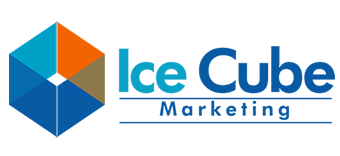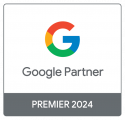In the rapidly evolving landscape of digital marketing, businesses face a multifaceted challenge – not only must they effectively acquire leads from platforms like Google and Facebook, but they must also convert these leads into appointments and sales without inflating their budgets. Despite numerous efforts, many businesses find themselves struggling to achieve a positive Return on Investment (ROI). This extensive guide aims to provide a thorough exploration of actionable strategies, delving into the intricacies of enhancing appointment rates and optimizing the overall conversion process from digital marketing leads. By implementing these comprehensive strategies, businesses can ensure sustained growth, profitability, and success in their digital marketing endeavours.
1. Delving into Pain Points for Maximum Impact
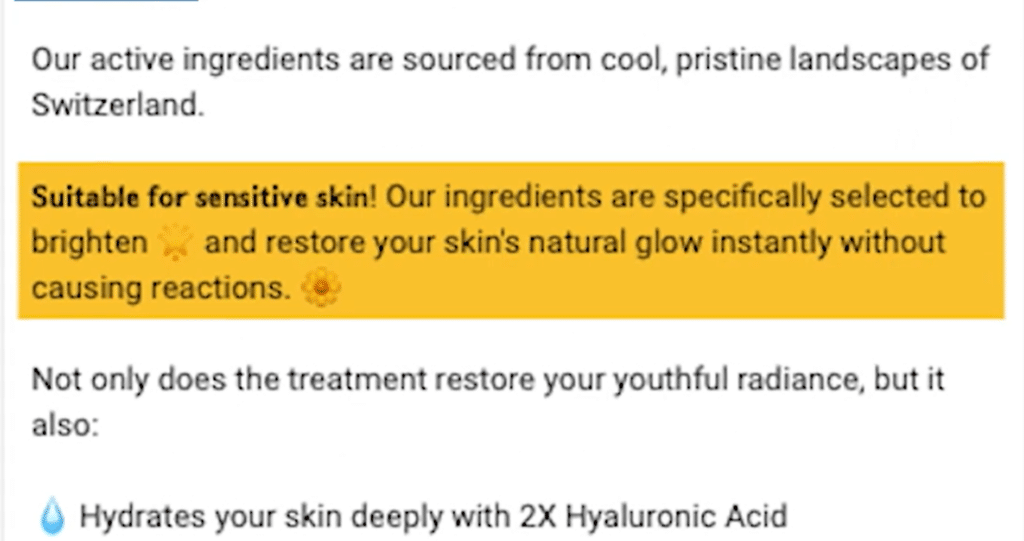
Traditional canvassing and cold calling often encounter resistance due to the absence of a clear pain point. The advantage of digital marketing leads lies in their pre-existing interest sparked by resonating pain points highlighted in your ads. Shifting the conversation from immediate pricing discussions to addressing pain points is crucial. Initiating discussions with open-ended questions like “How can I assist you today?” or “What led us to this call?” creates a conducive environment for meaningful dialogue.
Collaboration with the sales team is paramount. Sharing insights on pain points with the highest click-through and conversion rates facilitates a unified approach, amplifying the chances of successful appointments. Understanding the nuances of the pain points is essential – whether it’s sensitive skin for a facial campaign or lack of motivation for a tuition campaign, tailoring your approach to these specific pain points significantly enhances your ability to connect with leads.
2. The Strategic Art of Asking Questions
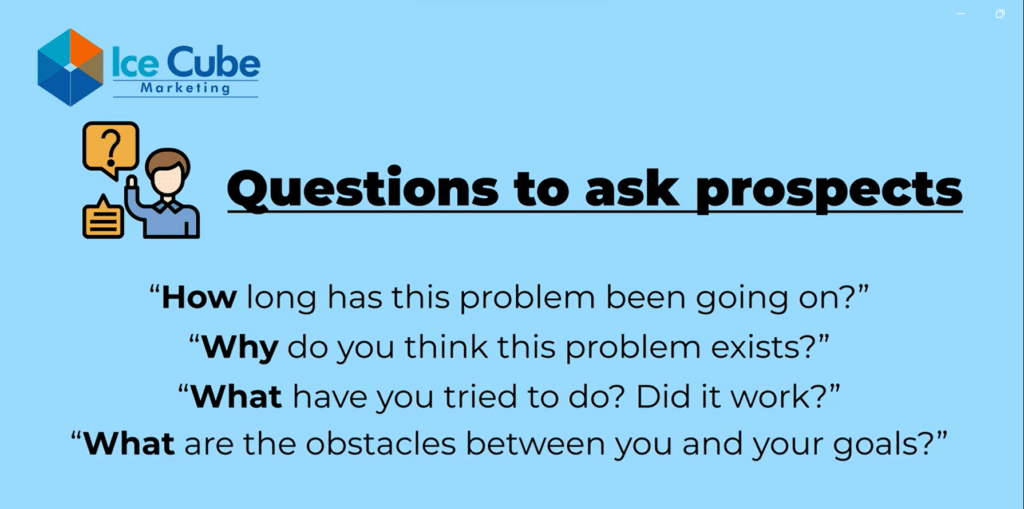
Digital marketing leads demand a more consultative approach compared to the one-sided pitch often used in cold prospecting. Prospects are savvy and likely well-informed about your company and offerings. Rather than bombarding prospects with continuous pitches, the focus should be on asking questions. This not only establishes authority but also showcases genuine interest in addressing the prospect’s concerns, thereby building trust.
Utilize generic yet insightful questions like “How long has this problem been going on?” and “What obstacles are standing between you and your goal?” to create a meaningful two-way conversation. This approach not only helps you understand the prospect better but also positions you as a trusted advisor rather than a mere salesperson. Furthermore, integrating feedback from these conversations into your marketing strategy ensures a continuous alignment with the evolving needs and concerns of your target audience.
3. Filtering Leads for Target Audience Fit
Unlike cold prospecting, where target audience selection precedes outreach, digital marketing leads may not always be the perfect fit for your business. Use phone conversations as a valuable filtering tool by asking specific questions that determine the alignment of the lead with your business objectives. Transparency is key, as letting leads know about the upcoming questioning ensures both parties invest their time wisely.
In our ever-connected world, where user privacy settings impact targeting accuracy, filtering becomes essential. These conversations allow you to gather valuable information about the prospect’s business, goals, and challenges. You can then use this information to determine whether the lead is a suitable fit for your products or services. Establishing clear criteria for your ideal customer ensures that you invest resources in leads that have the potential for long-term value.
4. Strategic Preparation for the Sales Meeting
A successful phone conversation is a stepping stone to the next crucial phase – scheduling a sales appointment. Capitalize on the momentum by fixing a specific date and time for the meeting. Offer prospects flexibility by presenting two convenient time slots. Before concluding the call, guide them on what they should prepare for the appointment.
Emphasize the importance of having decision-makers present for a more fruitful discussion. While it’s essential to discuss pain points and establish a rapport during the initial conversation, the success of this interaction hinges on the next step – moving towards a concrete commitment. Providing prospects with clear instructions on how to prepare for the appointment sets the stage for a more productive and focused discussion.
5. The Need for Speed
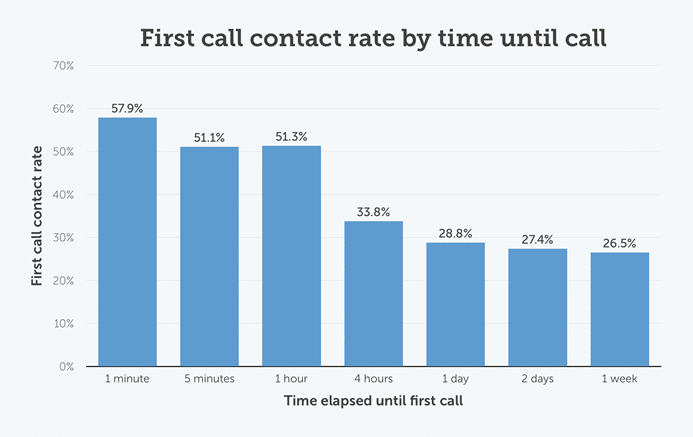
Time is of the essence when dealing with digital marketing leads. Research indicates a rapid decline in contact rates after just a few hours. Implement a rapid response system, such as sending automated messages immediately after lead opt-in and having consultants follow up promptly. The faster the response, the higher the chances of engaging prospects and securing appointments.
Consumer behaviour has shifted towards instant gratification, and this trend extends to the business-consumer relationship. A swift response not only increases the likelihood of a successful appointment but also positively influences the prospect’s perception of your brand. Implementing technologies like automated messaging ensures that you are at the forefront of the prospect’s mind when they are most receptive to engagement.
In conclusion, navigating the intricacies of digital marketing leads requires a strategic and nuanced approach distinct from traditional prospecting methods. Businesses are advised to invest in well-trained sales teams to handle these leads initially, develop effective follow-up processes, and establish benchmarks for closing rates. Remember, digital marketing leads represent a valuable investment that demands careful handling and optimization.
By continuously refining and adapting these strategies to the ever-evolving digital landscape, businesses can position themselves for long-term success in their digital marketing endeavours. Maximizing appointment rates without escalating budgets becomes not just a goal but a sustainable and achievable reality. This commitment to excellence in lead conversion ensures that businesses not only thrive but also lead the way in the competitive digital marketplace.
